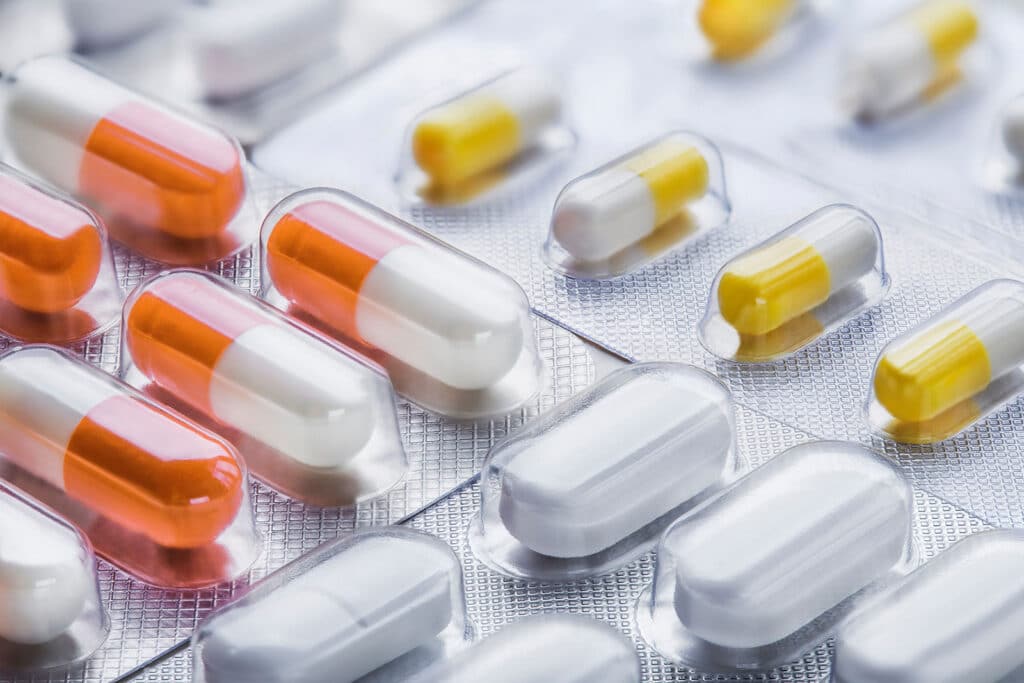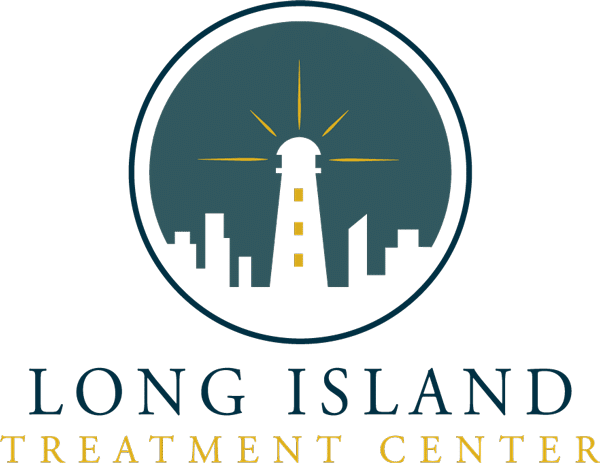According to the Centers for Disease Control and Prevention (CDC), over 100,000 people have died from drug overdoses, and the number continues to increase. The data also points to a rise in deaths involving opioids taken simultaneously with psychostimulants or cocaine.
This has had a huge impact on Long Island residents in terms of mental and psychological health. Not only that, but it also has had a detrimental effect on the city’s economy.
This post will explore the disservice drug addiction has on the individual as well as their family and community. We’ll also talk about available prescription drug rehabs in Long Island and how to choose the right one.
Table of Contents
Understanding Prescription Drug Addiction
Below is a brief explanation of prescription drug addiction and its impact on health, relationships, and overall well-being.
Types of Commonly Misused Prescription Drugs
The three types of drugs that are most often misused are opioids, sedatives, and stimulants, which have been approved by the Food and Drug Administration (FDA).
Opioids
According to the National Institute on Drug Abuse (NIDA), more than 2 million Americans misuse opioids resulting in an average of over 90 deaths per day.
Opioids, which serve as painkillers, have been commonly misused. This type of prescription drug is when they’re taken via a method or dosage different than what was initially prescribed. This can be by swallowing, injecting, or snorting the drug.
Opioids can also be misused by taking them in high doses or even taking someone else’s prescription with the intention of getting high and drug cravings.
The most commonly misused opioids are morphine, meperidine, oxycodone (OxyContin), codeine, hydrocodone (Vicodin, Lortab), buprenorphine, fentanyl, methadone, and meperidine (Demerol).
Sedatives
Another prescription drug that’s often misused because of the euphoric effects they bring to anyone who takes them in high doses is sedatives. Yet, their abuse has a dangerous effect on the person’s overall health and relationships.
Sedatives can be abused in a similar way as opioids.
Benzodiazepines (such as valium Xanax) and barbiturates are two types of sedatives with highly beneficial therapeutic effects. Yet, they also have the potential for misuse and should only be taken as directed.
Stimulants
Prescription stimulants, like Adderall, Dexedrine, and Ritalin, are prescribed to increase energy, attention, and alertness. They work by increasing the activity of brain chemicals, reinforcing rewarding behavior, and giving users a feeling of euphoria.
However, they have the potential for misuse in many of the same ways as opioids and sedatives. Their misuse can lead to paranoia, psychosis, and stomach problems. They also have a direct effect on elevated blood pressure, increased heart rate, and uneven breathing.

Why Localized Treatment Matters
Localized addiction treatment allows those struggling with drug dependency to find treatment centers close to home. This enables them to get the help they need without leaving behind their loved ones and family members they might be caring for. Also, having family and friends close by can provide a stable support system that can be a great help during the substance abuse treatment process.
It’s also important for those who need to keep going to work or school while attending rehab.
In addition, for many, this is a more effective option because it enables people to enroll as soon as possible, which is a great way to seize on their initiative to reach out and get the help they need.
Available Prescription Drug Rehab Options Near You
The following are the most common drug rehab options for treating prescription drug abuse in Long Island.
Detox Centers
Detoxification centers are one of the key phases of treatment for those wishing to recover from addiction to prescription medications.
Typically, detox centers will offer 24-hour support and medical supervision from medical professionals to help individuals through the withdrawal symptoms stages. Most people must undergo detox before entering a residential addiction treatment program.
Inpatient Programs
Also known as residential treatment, inpatient programs include onsite housing at a rehab center. This type of rehab program is designed to provide intensive care, structured therapy, and medical support.
They also involve a variety of programs, such as outdoor activities, fitness programs, therapy, healthcare, and counseling.
Outpatient Programs
Flexible schedules, therapy sessions, and continued life routines.
Outpatient programs can involve either conventional treatment, intensive treatment, or partial hospitalization. The type of service chosen depends on every individual’s needs.
These programs offer more flexible schedules, making it easier for patients to attend school or work while undergoing therapy.
Aftercare and Support Groups
The journey to recovery shouldn’t come to a halt when completing any of the abovementioned prescription drug addiction treatment options. That’s why people should seek out aftercare and support groups.
Continuing care, or aftercare, involves long-term strategies to help individuals continue on their path of recovery outside the treatment center.
These programs can include the following:
- Continued group therapy
- Continued individual therapy
- 12-step programs
- Rehab center alumni programs
- Addiction support group networks

How to Choose the Right Rehab Center in Long Island
Below are some factors to consider when choosing a suitable rehab center for you. It’ll allow you to find tailored treatment plans with a personalized approach for maximum effect.
Location
For most people, going to a rehab center that’s close to home is more convenient. It allows them to stay near their friends and family, and get the support they need for a more successful recovery process.
Others prefer to choose an out-of-town center. They feel it provides them with the space and buffer they need to avoid old triggers and make a fresh start.
Specialties
Each therapy center prioritizes a specialty as its primary treatment philosophy or method of care. Some you may already be familiar with, while others may not fit with your perspective or experience.
These specialties may include:
- 12-step program: it’s estimated that over 5 million people seek help through this program each year.
- Age-based care: caters specifically to teens struggling with prescription drug abuse
- Co-occurring Disorders or Dual diagnosis: offers treatment of mental health disorders, prescription drug abuse, substance use disorder, other health conditions or health problems related to drug use simultaneously
- Gender-based treatment: all rehab centers aim to create a safe space for those of all gender identities, yet some cater to those outside the CIS gender norm
Treatment Modalities
Every rehab center offers a wide range of therapy methods, making recovery accessible for individuals to find the best possible treatment.
The most common therapeutic modalities are:
- Cognitive Behavioral Therapy (CBT): examines ways of handling stress, minimizing negative self-talk, and developing healthy coping strategies.
- Holistic therapies: activities like yoga, art therapy, and meditation reduce the rate of relapse through a sense of fulfillment
- Group and family counseling: addresses the overall effect of drug use and explores ways to develop healthy support networks
Conclusion
The journey to recovering in a prescription drug rehab in Long Island begins today. All rehab centers offer evidence-based programs designed to promote mental, emotional, and physical healing.
If you or someone you know is seeking help, don’t hesitate to take that first step and make the most of all the available resources at your disposal.
References:
- https://www.drugfreeli.com/resources
- https://www.liprc.org/
- https://fiscalpolicy.org/wp-content/uploads/2019/09/Report-9_11_19.pdf
- https://www.lihealthcollab.org/news-and-blog/preventing-substance-abuse-in-long-island
- https://www.sciencedirect.com/science/article/pii/S0749379719301904
- https://www.samhsa.gov/data/sites/default/files/NSDUHMetroBriefReports/NSDUHMetroBriefReports/NSDUH-Metro-New-York.pdf
- https://www.ncbi.nlm.nih.gov/pmc/articles/PMC2852106/
- https://www.health.ny.gov/statistics/opioid/
- https://www.unodc.org/wdr
- https://www.medicaid.gov/medicaid/prescription-drugs/index.html
- https://longislandtreatmentcenters.com/

